Campfire Hacks You'll Wonder How You Ever Lived Without

Fishing and boating go hand-in-hand with hunting, camping, and all manner of outdoor adventures. What do all of these things have in common?
The camp fire.
For a million years fire has kept us warm, cooked our food, fought off danger, and kept the dark at bay.
To help make your next fireside experience more memorable, not only are we going to help you get those flames roaring, we’re going to show you a few household items you can use to create a stunning display for your friends and family.
Starting a Fire

We’ve all seen our fare share of people who claim to be “the master of fire” and then spend the next 40 minutes developing a callous on their thumb from flicking a lighter, only to end up pouring a bunch of gas on a sloppy pile of sticks.
To make sure that you’re never the star of this story, brush of up the basics of how fire works and plan ahead with one of these never-fails fire starting hacks.
– Fire needs 3 things to exist: Oxygen, Heat, Fuel
– Wood is the most common “fuel”, and burns at approximately 150℃
– There are 4 types of wood used for fire.
- Tinder – Dry and fluffy wood shavings, cedar bark, or even dryer lint.
- Kindling – Small twigs and splinters of wood.
- Fuel wood – Branches smaller than your wrist.
- Logs
– Due to heat exchange, a log takes awhile to reach burning temperature which is why tinder and kindling is used.
– If kindling/tinder lacks oxygen it will not burn hot enough to ignite the wood. Make sure it’s not smothered.
– If wood is wet or live, it will make lots of smoke but be hard to burn.
Method:
Start with a pile of tinder and ignite. Place kindling around it, making sure to leave space for oxygen to do it’s thing.
Once ignited, slowly add fuel wood until it burns easily. You can continue adding fuel wood throughout your day or night, or add some logs for long lasting flames and heat.
Most people make the mistake of adding each type of wood all at once which sucks the oxygen out of the mix or spreads the heat to thinly across each material. Start small, get a good flame going, and add in the larger wood until it’s full sized.

Sometimes it’s too windy, it just rained, or there’s something else that makes the task a little more difficult than it should be. In these cases being prepared with a helping hand is always welcome.
Here are a few cool hacks to try:
1. Duct Tape and Cotton Balls
– Wrap a cotton ball in a pocket of high quality (not the dollar store stuff) duct tape.
– Cut the pocket in half, exposing the cotton fibres.
– Use a lighter to ignite the cotton. It will quickly produce a long-lasting flame that you can use to start your kindling.
2. Cotton and Crayons
– Melt a handful of crayons.
– Carefully (the wax is hot, don’t touch with skin) roll the cotton around in the melted wax. Leave a little bit of cotton exposed
– Light the cotton which catches fire quickly. The wax acts as a torch yielding a high temperature, long-burning flame which you can use to get your kindling going.
3. Dryer Lint & TP Roll
– Roll the drying lint into a cylinder shape
– Stuff the link into the cardboard tube from a toilet paper roll.
– Pour 4-5 tbsp into the dryer lint and let settle. Skipping this step causes the lint and cardboard to burn pretty quickly. You may not have time to get your kindling burning.
4. Hand sanitizer
– Pour a dab (2 tbsp) onto a metal surface (ex. baking sheet)
– Light the liquid
*** Be extremely careful. It won’t look like anything is happening, but what you have is a very hot, clear flame. You can tell it’s working with the sanitizer starts to bubble.
– Place this under your kindling and watch it go.
* If you don’t want to deal with melted wax, chapstick or petroleum jelly are excellent replacements.
Stepping Up Your Fire Game
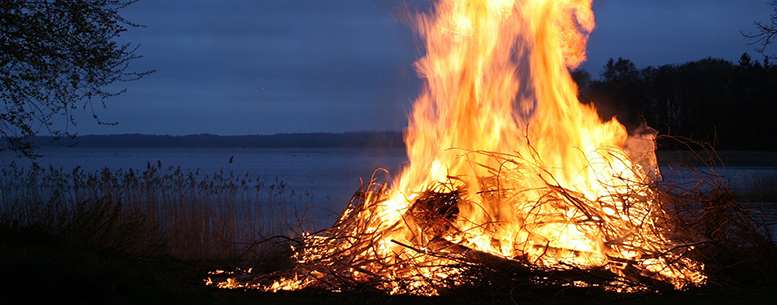
No one is going to complain about the opportunity to roast some marshmallows, fry that fish you just caught, accompanying an acoustic guitar, or just warming up under the stars.
But if you’re looking for an out of the ordinary way to treat your friends and family, add a rainbow to your flames!
Here’s how
![]() Blue Flame
Blue Flame
Copper Chloride – CuCl2
Common source – Pesticides.
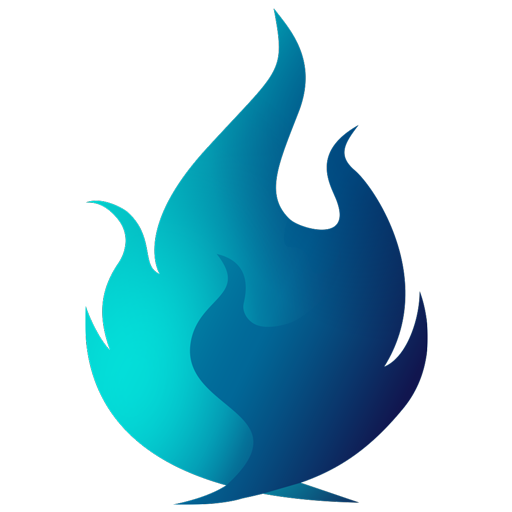 Turquoise Flame
Turquoise Flame
Copper Sulphate – CuSO4
Common source – Metal chimney cleaner.
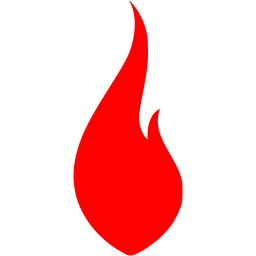 Red Flame
Red Flame
Strontium Chloride – SrCl2
Common source: Red road flare. Just break it open. Or, try the lithium sheet from the inside of a battery.
![]() Pink Flame
Pink Flame
Lithium Chloride – LiCl
Common source – Anti depressants
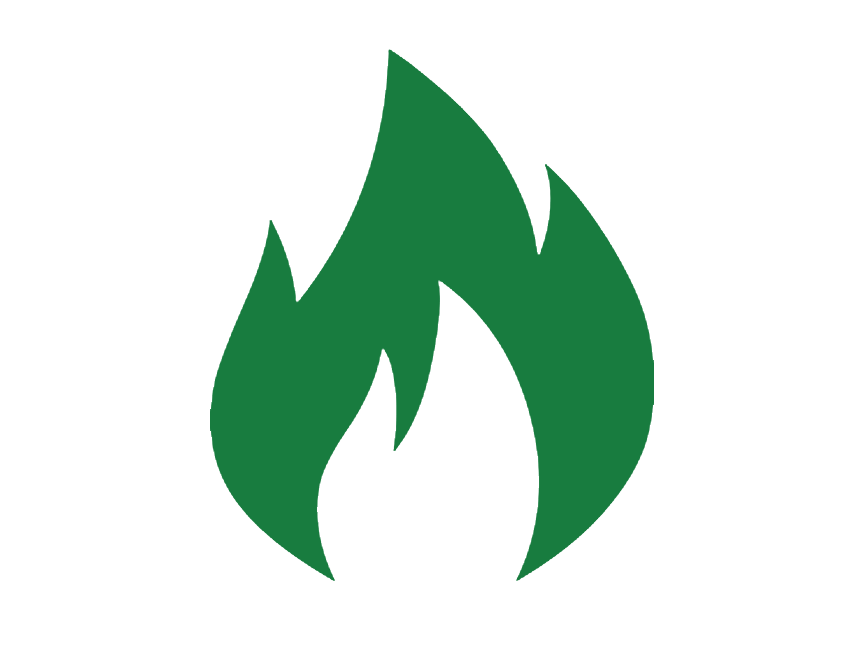 Green Flame
Green Flame
Sodium Borate (Borax) – Na2B4O7·10H2O
Common source – Teeth bleaching products
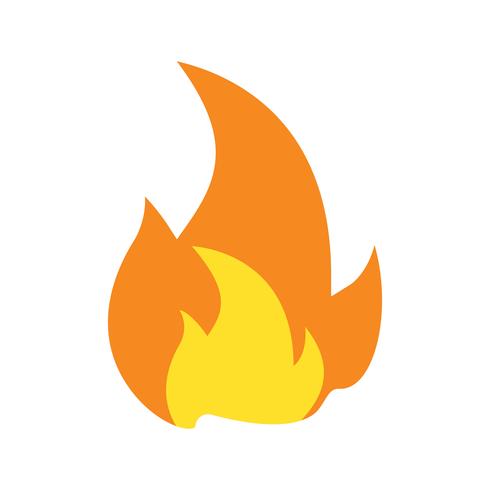 Orange Flame
Orange Flame
Sodium Chloride – NaCl
Common source – Salt. Plain old salt.
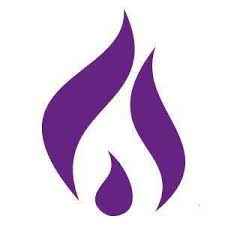 Purple Flame
Purple Flame
Potassium Chloride – KCl
Common source – Baby formulas, cereals (sodium free salt substitute)
Of course, there are plenty of other sources for each of these chemicals and more than one way to produce a colour.
Depending on if you’re working with liquids, solids, or powders, you’re going to get different hues and intensities. In each case, the chemicals mentioned can be purchased as crystals online or in specialty stores.
If you’re planning to take advantage of these rainbow producing chemicals, use extreme caution. Some are irritants to the skin and others are toxic to breath. Make sure to do your research and pay attention to the labels. Hand protection, dust masks, and protective goggles may be necessary.
If you’ve never experienced coloured flames, it’s quite a visual treat. It’s nowhere near the real life experience but this video will give you a little taste of what you’ve been missing out on.
Yours In Boating,